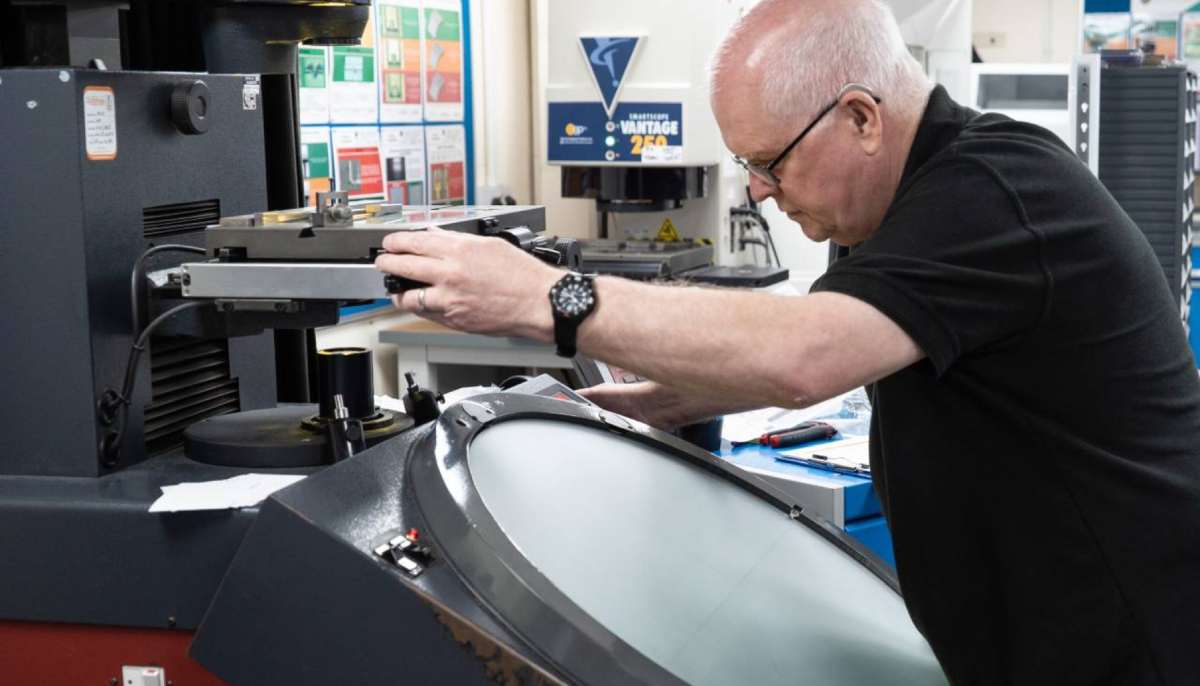Precision Stamping Reliability: The Batten & Allen Promise
In the intricate world of metal stamping, precision and reliability are more than goals. They’re absolute necessities.
Brands are choosing us to partner with them to bring innovate products to market quickly and cost effectively.
Working on a Prototype and need expert input, why not get in touch and talk with our experts.
Understanding and applying reliability metrics is crucial for ensuring the quality and consistency of stamped products.
These metrics serve as vital indicators of a component's ability to meet design specifications and perform reliably in its intended application. So, let’s delve deeper into the basics of stamping reliability metrics, so we can really understand their importance in the manufacturing process…
Stamping reliability metrics are quantifiable standards used to evaluate the quality and performance of stamped components. These metrics typically include dimensional accuracy, material strength, surface finish, and more. They are essential in assessing whether a stamped part will function as intended and withstand the rigors of its operational environment.
Dimensional accuracy is a key metric in metal stamping, referring to how closely a stamped part matches its specified dimensions. Tolerances, the allowable deviations from these dimensions, are critical in applications where precision is paramount. Tight tolerances are often required in industries like aerospace and automotive, where even minor variances can significantly impact the functionality and safety of the final product.
Material strength metrics, such as tensile and yield strength, measure a material's ability to withstand forces without breaking or deforming. These metrics are key to determining the durability and lifespan of a component, especially in applications subject to high stress or load. The choice of material and its treatment during the stamping process will directly affect these strength metrics, too.
The surface finish of stamped parts is another vital metric. It encompasses the smoothness, texture, and overall quality of a part's surface, which can impact both its functionality and aesthetic appeal. In electronics, for instance, a smooth surface finish is essential for effective electrical conductivity, while in consumer products, the finish may be more focused on visual appeal.
Modern stamping processes leverage advanced technology to enhance reliability metrics. Precision engineering tools, automated systems, and sophisticated quality control equipment play a significant role in achieving and maintaining high standards. These technologies enable manufacturers to produce components with greater accuracy and consistency.
Quality control and assurance are integral to maintaining stamping reliability metrics. Rigorous inspection and testing protocols are implemented at various stages of the stamping process to ensure that each component meets the set standards. This includes dimensional checks, material testing, and surface inspections, among others.
Different industries have specific reliability metrics based on their unique requirements. For example, the medical industry demands high precision and biocompatibility, while the automotive sector focuses on durability and safety. Understanding and adhering to these industry-specific standards is crucial for manufacturers to ensure their products are fit for purpose.
Understanding the basics of stamping reliability metrics is essential for manufacturers to produce high-quality, reliable components.
These metrics not only guide the manufacturing process but also ensure that the final products meet the stringent demands of various industries. In the pursuit of excellence in metal stamping, focusing on reliability metrics is key to achieving success and customer satisfaction.

In the intricate world of metal stamping, precision and reliability are more than goals. They’re absolute necessities.

Introduction In the fast-paced and ever-evolving electronics industry, the demand for precision and reliability in component manufacturing is a top...

In the precision-driven world of metal stamping, the pursuit of zero defects Isn’t just an ambitious goal but a necessary standard. After all,...